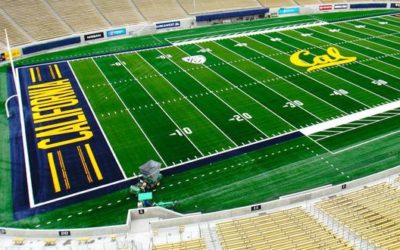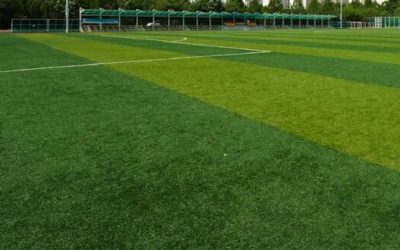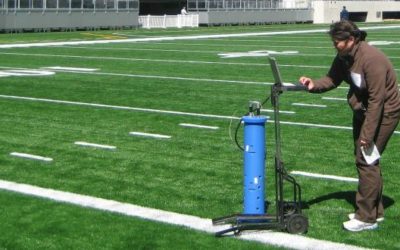You have to maintain your synthetic turf fields
“Maintenance free” is a marketing slogan that’s slapped on car batteries, home siding and just about every product sold via infomercial. The reality is that everything requires some sort of maintenance if you want it to perform well and stand the test of time.
“Synthetic turf maintenance is crucial to the longevity, performance, safety and appearance of a synthetic turf field,” explains John Baize, chair of the Synthetic Turf Council (STC). He says that a poorly maintained synthetic turf field may exhibit premature aging, uneven surface, compaction, infill loss, poor shock absorption, loss of traction, drainage issues and more.
Last year Baize led a task force that created and published “Guidelines for Synthetic Turf Maintenance,” which is available for download on the STC website. The goal of the publication is to provide detailed guidance for those who own and maintain the roughly 8,000 synthetic sports fields now in use across North America. “This is an important reference guide for field owners. Our voluntary guidelines help answer many questions from owners, buyers and specifiers about the maintenance program for a synthetic turf field throughout its useful life,” states Baize.
What We Do For You
Routine Maintenance: Ongoing
- Conduct inspections and perform minor repairs to avoid playing hazards
- Keep the playing surface clean and free of debris and contaminants
- Check and maintain proper infill levels to provide a consistent surface
- Brush and groom the surface to enhance its appearance, keep grass fibers upright, and maintain even infill levels
Comprehensive Maintenance: Biannual
- A professional field inspection can assess the field, especially heavy wear areas, identify weak or loose seams/inlays and repair damage. Sport performance testing should also be considered.
- Decompaction of infill is important for improving shock absorption and synthetic turf drainage .
- Perform a detailed check of infill levels, adding and redistributing infill, and leveling the infill to the field builder’s specifications.
- Clean the surface using a combination of mechanical brushing and suction to remove surface and embedded dirt and debris.
- Use a magnet attached to your maintenance equipment to remove metal objects from the field.
- Weed and pest treatment should be performed as required.
- Partial removal and reinstallation of infill material may sometimes be necessary to remove foreign matter that has contaminated the infill system, relieve grass fibers that may be trapped in the infill or improve drainage.
Fields We Manage
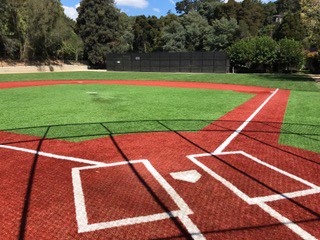
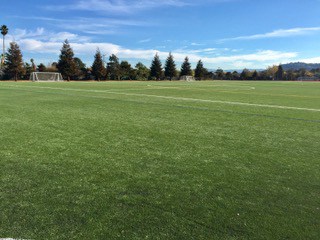
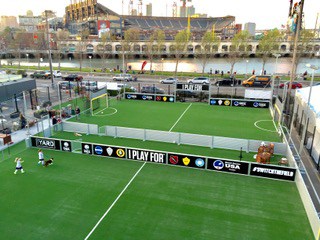
Articles on Field Management
Many California Schools Install Artificial Grass Fields for this Reason
College stadiums and artificial turf are everywhere it seems.Take our featured image for this post as an example. With the help of Under Armour, the Golden Bears got a new turf upgrade for their stadium last year. It seems California middle and high schools are...
Artificial Turf Field Maintenance: What You Need to Know
Maintaining an artificial field is crucial to field performance. Poorly maintained fields will develop hard spots, or worse, areas that are scorched and melted due to neglect. The best remedy is a routine artificial turf maintenance schedule. If you lack the...
Artificial Turf Gmax Testing and Field Safety
Is your artificial turf field safe for events? That question should be asked and answered regularly to ensure optimal field performance, warranty and safety standards are kept. So how do you do it? Artificial turf Gmax testing is one answer. When players fall on the...

